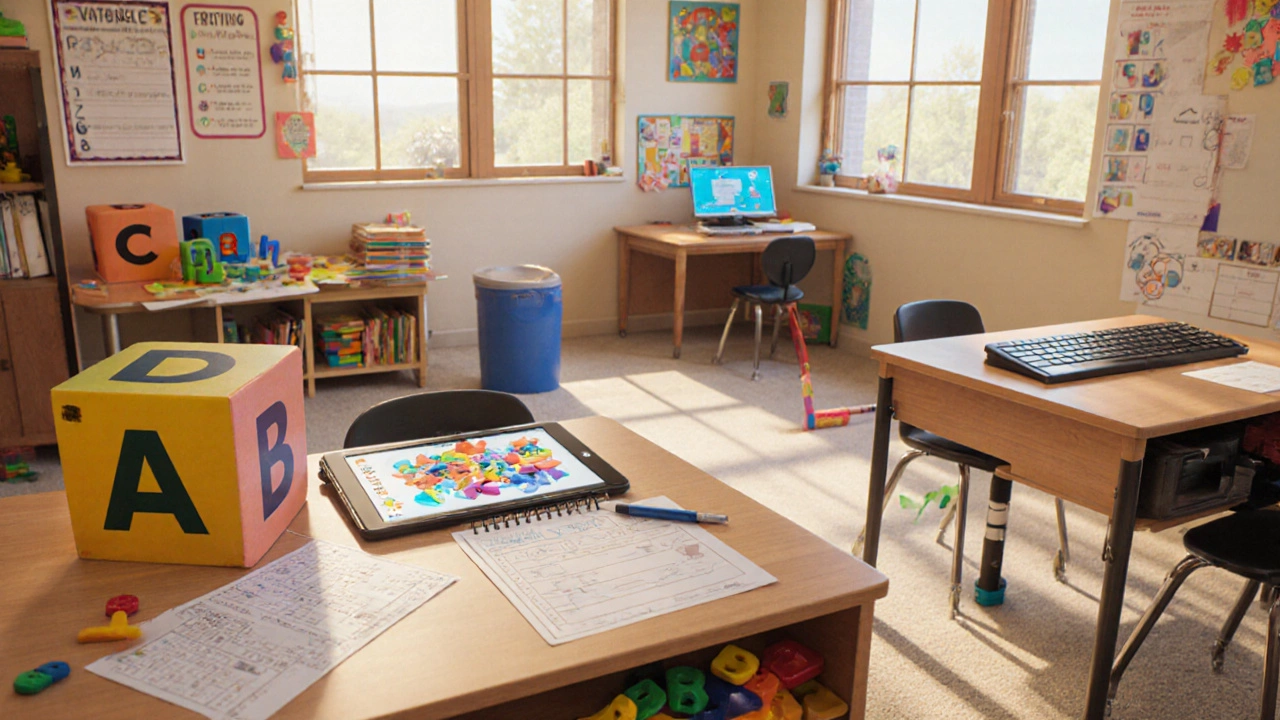Four D's Learning Disabilities
When talking about Four D's Learning Disabilities, a group of specific learning difficulties that affect reading, writing, math, and motor planning. Also known as the four Ds, it brings together four distinct challenges that often require tailored support. The first, Dyslexia, difficulty decoding written language, impacts how students process letters and words. Dyspraxia, trouble with motor coordination and planning shows up in tasks like handwriting or catching a ball. Dyscalculia, difficulty understanding numbers and mathematical concepts makes everyday calculations a hurdle. Finally, Dysgraphia, challenges with writing fluency and legibility affects how ideas are transferred to paper. Together, these conditions form a spectrum that influences learning pathways and requires thoughtful, individualized approaches.
The four D's learning disabilities intersect with broader inclusive education practices. Effective teaching requires differentiated instruction, which means adjusting content, process, and products to match each learner’s strengths. For example, a teacher might use audio books for dyslexic students while offering visual math manipulatives for those with dyscalculia. Technology tools—such as speech‑to‑text software for dysgraphia or motor‑skill apps for dyspraxia—bridge gaps and boost confidence. Parents can reinforce classroom strategies at home by establishing predictable routines, using multi‑sensory activities, and celebrating small wins. Moreover, adopting neurodivergent‑positive language reshapes attitudes: referring to “students with dyslexia” rather than “dyslexic students” acknowledges the person first.
Practical Strategies and Resources
Understanding the four D's helps pinpoint the right interventions. For dyslexia, structured phonics programs like Orton‑Gillingham break down words into manageable units. Dyspraxia benefits from occupational therapy exercises that improve fine‑motor control, while dyscalculia improves with number‑sense games and real‑world budgeting tasks. Dysgraphia can be tackled with keyboarding instruction and graphic organizers that reduce the pressure of neat handwriting. Across all four, regular feedback loops—short check‑ins, visual progress charts, and collaborative goal‑setting—keep learners engaged and aware of their growth. Schools that embed these methods into their curriculum often see higher attendance and better academic outcomes, showing that the four D's learning disabilities can be supported effectively when the right tools are in place.
Below you’ll find a curated collection of articles that dig deeper into each of these areas. From homeschooling tips for ADHD to inclusive language guides, the posts cover theory, practice, and real‑world examples. Browse the list to discover actionable advice, evidence‑based techniques, and resources you can start using today to help learners with the four D's thrive.

Understanding the Four D's of Learning Disabilities: Dyslexia, Dysgraphia, Dyscalculia, Dyspraxia
- by Eliza Fairweather
- on 21 Oct 2025
Explore the four D's of learning disabilities-dyslexia, dysgraphia, dyscalculia, and dyspraxia. Learn their signs, causes, classroom strategies, and how to get proper support.
